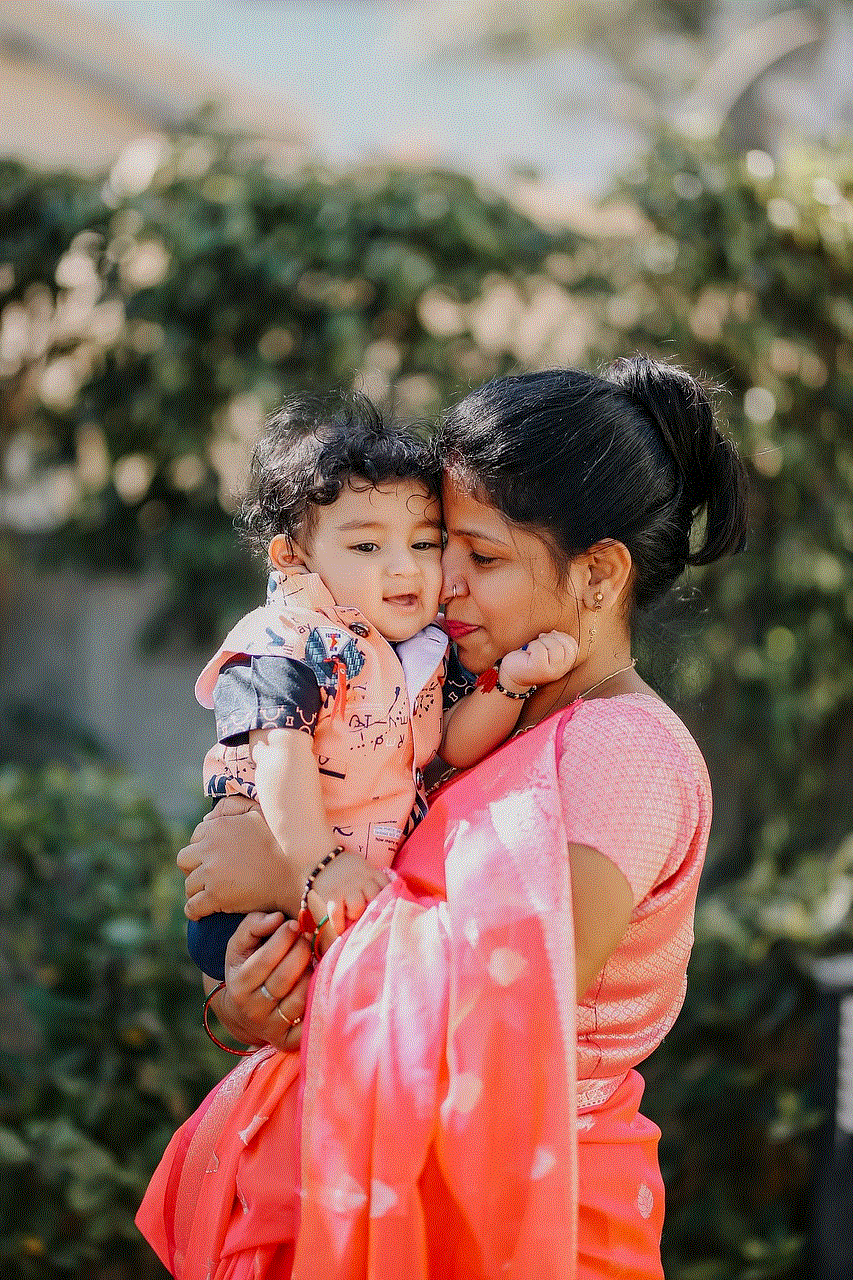likee vs tiktok
In recent years, social media has taken the world by storm, with platforms such as TikTok and Likee gaining immense popularity among users of all ages. These two video-sharing apps have become the go-to for entertainment and creativity, with millions of users uploading and sharing short videos on a daily basis. However, the competition between the two has been fierce, with many debating which app is superior. In this article, we will take a closer look at the two platforms, and compare Likee vs TikTok to determine which one comes out on top.
Firstly, let’s understand what these two apps are all about. TikTok, originally known as Musical.ly, was launched in 2016 and quickly gained popularity among the younger generation. It allows users to create short videos of up to 60 seconds, where they can lip-sync, dance, or perform to popular songs and audio clips. The app also offers a variety of filters, effects, and editing tools to enhance the videos, making them visually appealing and engaging.
On the other hand, Likee was launched in 2017 by Bigo Technology, the same company that owns the popular live-streaming app, Bigo Live. Likee’s concept is similar to TikTok, where users can create short videos of up to 60 seconds, but it also offers longer video options of up to 15 minutes. Likee has a wide range of video editing tools, filters, and effects, similar to TikTok, but it also allows users to create and share photos, status updates, and live-streams.
Interface and User Experience:
One of the significant differences between Likee and TikTok is their user interface. Both apps have a similar layout, with a feed of videos appearing on the home screen. However, Likee’s interface is more cluttered, with multiple sections and tabs, making it look overwhelming and confusing for new users. On the other hand, TikTok’s interface is simpler and more user-friendly, with the videos appearing in a continuous scroll, making it easier for users to navigate and discover new content.
In terms of user experience, TikTok is also ahead of Likee. The app’s algorithm is highly advanced, and it uses artificial intelligence (AI) to recommend videos to users based on their interests and previous activity. This makes the user experience on TikTok more personalized, and users are more likely to discover content that they will enjoy. Likee, on the other hand, relies heavily on hashtags and trending videos, which may not always be relevant to the user’s interests.
Content and Creativity:
When it comes to content, both TikTok and Likee offer a wide variety of videos, ranging from dance videos, lip-syncing, comedy, and educational content. However, TikTok has a more significant number of users, and hence, a larger pool of content creators. This has resulted in more diverse and creative content on TikTok, with users constantly coming up with new and innovative ideas to engage their audience.
Likee, on the other hand, has a smaller user base, and hence, the content may not be as diverse or creative as TikTok. However, Likee does offer a unique feature called “Magic” that allows users to create special effects and edit their videos with ease. This feature has been well-received by users, and many have used it to create visually stunning and creative videos.
Music and Audio:
Both TikTok and Likee heavily rely on music and audio clips to enhance their videos. TikTok has a vast library of popular songs, sound effects, and audio clips that users can use in their videos. They also have a feature called “sounds,” where users can browse and use audio clips from other users’ videos. This feature has been a huge hit among users, with many creating their own trends and challenges using popular sounds.
Likee also has a wide range of music and audio clips to choose from, but their library is not as extensive as TikTok’s. However, Likee has a unique feature called the “Music Magic filter,” which allows users to add music to their videos in real-time, making it look like they are singing or performing the song. This feature has been well-received by users, and it has helped attract more creators to the app.
Community and Engagement:
Both TikTok and Likee have a strong community, with users interacting and engaging with each other’s content. However, TikTok’s community is more active and engaged, with users creating trends, challenges, and duets with each other’s videos. This has resulted in a more significant number of viral videos on TikTok and has helped users gain more followers and recognition.
Likee also has an active community, but it is not as engaged as TikTok’s. However, Likee has a feature called “Nearby,” where users can connect with other users in their vicinity and collaborate on videos. This feature has been a hit among users, and it has helped build a stronger community on Likee.
Privacy and Safety:
In terms of privacy and safety, both TikTok and Likee have been under scrutiny due to their Chinese ownership. However, both apps have taken measures to ensure the safety of their users. TikTok, for instance, has a “Family Safety Mode” that allows parents to control their child’s activity on the app, such as limiting screen time and restricting certain content. Likee has a similar feature called “Parental Controls,” which allows parents to set a password and control their child’s activity on the app.
Both apps also have community guidelines and strict policies against cyberbullying and inappropriate content. However, TikTok has faced more controversies regarding this issue, with many accusing the app of not doing enough to protect its young users. Likee, on the other hand, has not faced as many controversies, and its policies seem to be more stringent and enforced.
Monetization:
Lastly, let’s talk about monetization. With the rise in popularity of these apps, many users have turned to them as a source of income. TikTok and Likee both offer monetization opportunities to content creators, where they can earn money through in-app purchases, virtual gifts, and sponsorships. However, TikTok’s monetization program, known as the “Creator Fund,” is more well-established and has a higher payout compared to Likee’s monetization program.
Conclusion:
In conclusion, both TikTok and Likee have their unique features and strengths, making it difficult to determine which one is superior. However, when it comes to user experience, content, community, and monetization, TikTok seems to have an edge over Likee. TikTok’s user-friendly interface, advanced algorithm, diverse content, and engaged community make it the preferred platform for many users. Nevertheless, Likee should not be underestimated, as it offers unique features, such as the “Magic” and “Music Magic” filters, that have been well-received by users.
At the end of the day, the choice between TikTok and Likee comes down to personal preference. Both apps have their loyal fan bases, and it ultimately depends on what type of content and features one is looking for. However, one thing is for sure, the competition between these two apps will continue to grow, and we can expect to see more exciting features and updates from both platforms in the future.
xbox app access to feature blocked



In today’s digital age, gaming has become an integral part of our daily lives. With the rise of online gaming and the popularity of gaming consoles, it’s no surprise that the Xbox app has become a popular choice for gamers. The Xbox app is a companion app for the Xbox console that allows users to access various features and services on their smartphones or tablets. However, recently there have been reports of the Xbox app being blocked from accessing certain features, causing frustration among users. In this article, we will delve deeper into this issue and understand the reasons behind this blockage.
To begin with, the Xbox app is a multi-functional app that offers a range of features such as messaging, party chat, game streaming, and more. It also allows users to purchase and download games, manage their Xbox Live account, and even control their Xbox console remotely. With such a wide range of features, it’s no wonder that the Xbox app has gained a massive following and has become an essential tool for gamers. However, the recent blockage of access to certain features has left many users disappointed and wondering what could be the reason behind it.
One of the main reasons behind the blockage of access to features on the Xbox app is the issue of privacy and security. With the rise of cyber threats and hacking incidents, companies are taking extra precautions to protect their users’ data. In the case of the Xbox app, there have been reports of users’ personal information being compromised, leading to the blockage of certain features. Microsoft, the company behind the Xbox app, has taken this step in order to safeguard their users’ data and prevent any potential data breaches.
Another reason for the blockage could be due to licensing and copyright issues. The Xbox app allows users to access a vast library of games, both free and paid. However, not all games are available in all countries, and this could be due to licensing and copyright restrictions. In order to comply with these restrictions, Microsoft has had to block access to certain features in certain regions. This has caused frustration among users who are unable to access a particular game or feature on the Xbox app.
Moreover, the blockage of access to certain features on the Xbox app could also be due to technical issues. With the constant updates and improvements being made to the app, there may be glitches or bugs that could lead to certain features not working properly. In order to prevent any further issues, Microsoft may have temporarily blocked access to these features until they can be fixed. This is a common practice in the tech world, as companies strive to provide their users with the best possible experience.
Apart from these reasons, there could also be external factors contributing to the blockage of access to features on the Xbox app. It’s no secret that the gaming industry is highly competitive, with each company vying for a larger share of the market. This could lead to companies blocking access to certain features in order to promote their own services or products. For example, a gaming company may block access to their game on the Xbox app in order to promote their own gaming platform. While this may seem unfair to users, it is a common practice in the industry.
Another possible reason for the blockage could be related to the issue of parental control. The Xbox app allows parents to set restrictions on their child’s gaming activities, such as limiting the amount of time they can spend playing games or restricting access to certain games. In order to ensure that these restrictions are followed, Microsoft may have blocked access to certain features on the app. This is a responsible move by the company, as it shows their commitment to promoting healthy gaming habits among children.
Some users have also speculated that the blockage of access to certain features on the Xbox app could be due to server overload. With the increasing number of users and the constant use of the app, it’s possible that the servers may get overloaded, causing certain features to stop working. This is a temporary issue that can be easily resolved by Microsoft, and users can expect the blocked features to be accessible again once the servers are back to normal.
In conclusion, while the blockage of access to features on the Xbox app may be frustrating for users, it’s important to understand that there could be valid reasons behind it. Whether it’s for privacy and security concerns, licensing and copyright restrictions, technical issues, or external factors, Microsoft has taken this step in the best interest of their users. As the gaming industry continues to evolve, we can expect more changes and updates to the Xbox app. In the meantime, users can rest assured that Microsoft is constantly working to improve their gaming experience and provide a safe and secure platform for all.
how to prevent screenshots on snapchat
Title: Preventing Screenshots on Snapchat : Safeguarding Your Privacy
Introduction:
Snapchat is a popular social media platform known for its ephemeral nature, allowing users to share photos and videos that disappear after a short period. However, one concern for many Snapchat users is the ability for others to take screenshots of their snaps without their knowledge or consent. In this article, we will explore various measures you can take to prevent screenshots on Snapchat, thus enhancing your privacy and ensuring your content remains private.
1. Understand Snapchat’s Screenshot Notification Feature:
Snapchat has a built-in feature that notifies the sender when someone takes a screenshot of their snap. This notification can serve as a deterrent to potential screenshot takers and may discourage them from capturing your snaps without permission. It is essential to be aware of this feature and how it works.



2. Utilize Snapchat’s Privacy Settings:
Snapchat provides users with a range of privacy settings that can help protect their content from being screenshotted. These settings allow you to control who can view and interact with your snaps. By adjusting these settings, you can limit the audience for your snaps and reduce the risk of someone taking screenshots.
3. Enable “Memories Only” Mode:
Enabling the “Memories Only” mode in Snapchat ensures that any content you share is saved directly to your memories rather than being temporarily available as a snap. This mode restricts the ability to take screenshots, as snaps are not displayed on the screen for others to capture.
4. Take Advantage of Snapchat’s “Delete” Functionality:
Snapchat offers a “Delete” feature that allows you to remove a snap from your conversation even after it has been sent. By using this feature, you can mitigate the chances of someone taking a screenshot as the snap will no longer be accessible.
5. Be Mindful of Friends on Snapchat:
To prevent screenshots, it is crucial to be selective about the friends you add on Snapchat. Only add individuals you trust and are confident will respect your privacy. Avoid adding unknown or suspicious accounts to minimize the likelihood of someone taking screenshots without your knowledge.
6. Ask Friends Not to Screenshot:
Communication plays a vital role in preventing unwarranted screenshots. Make it clear to your friends that you do not want them to take screenshots of your snaps without your consent. Educate them about the importance of privacy and maintaining trust within the Snapchat community.
7. Use Third-Party Apps:
Various third-party applications claim to prevent screenshots on Snapchat. While some of these apps may provide additional security, it’s important to exercise caution when using them. Ensure the app is reputable and has positive user reviews before installing it on your device.
8. Disable Screenshot Functionality on Your Device:
On certain devices, you can disable the screenshot functionality altogether. Although this method prevents screenshots across all applications, it may be inconvenient if you occasionally need to capture screenshots for other purposes. However, if privacy is your primary concern, this approach can be effective.
9. Opt for Snapchat’s Premium Features:
Snapchat offers premium features, such as “Snapchat Premium” or “Snapchat Gold,” which provide enhanced privacy settings. These features may include additional measures to prevent screenshots or provide greater control over who can view your snaps.
10. Regularly Update Snapchat:
Snapchat frequently releases updates to enhance user experience and security. Make sure you have the latest version installed on your device to benefit from any privacy-related improvements or bug fixes that may help prevent screenshots on Snapchat.



Conclusion:
While preventing screenshots on Snapchat entirely may not be foolproof, implementing the strategies mentioned above can significantly reduce the risk of unauthorized captures. It’s important to remember that maintaining privacy on any social media platform requires a combination of caution, awareness, and communication. By staying up to date with Snapchat’s features and taking proactive steps to protect your content, you can enjoy a safer and more private experience on the platform.
